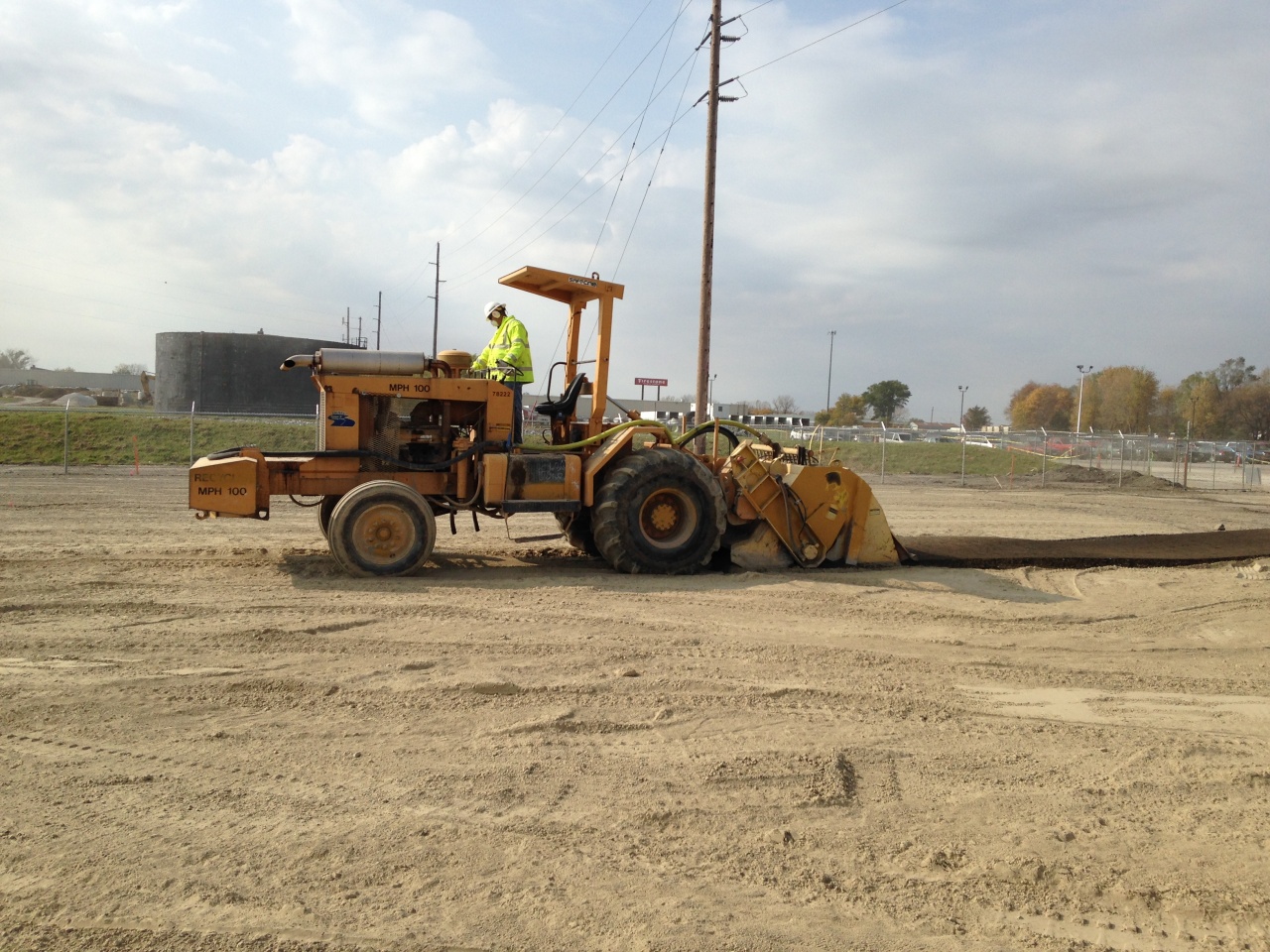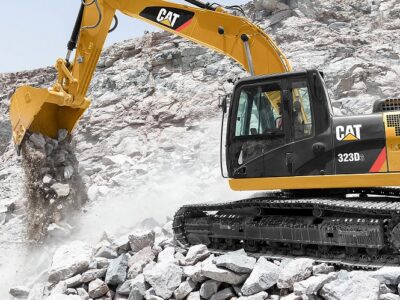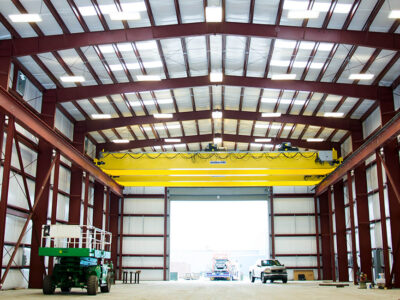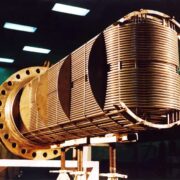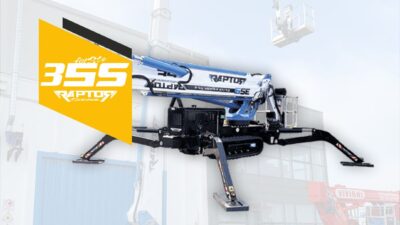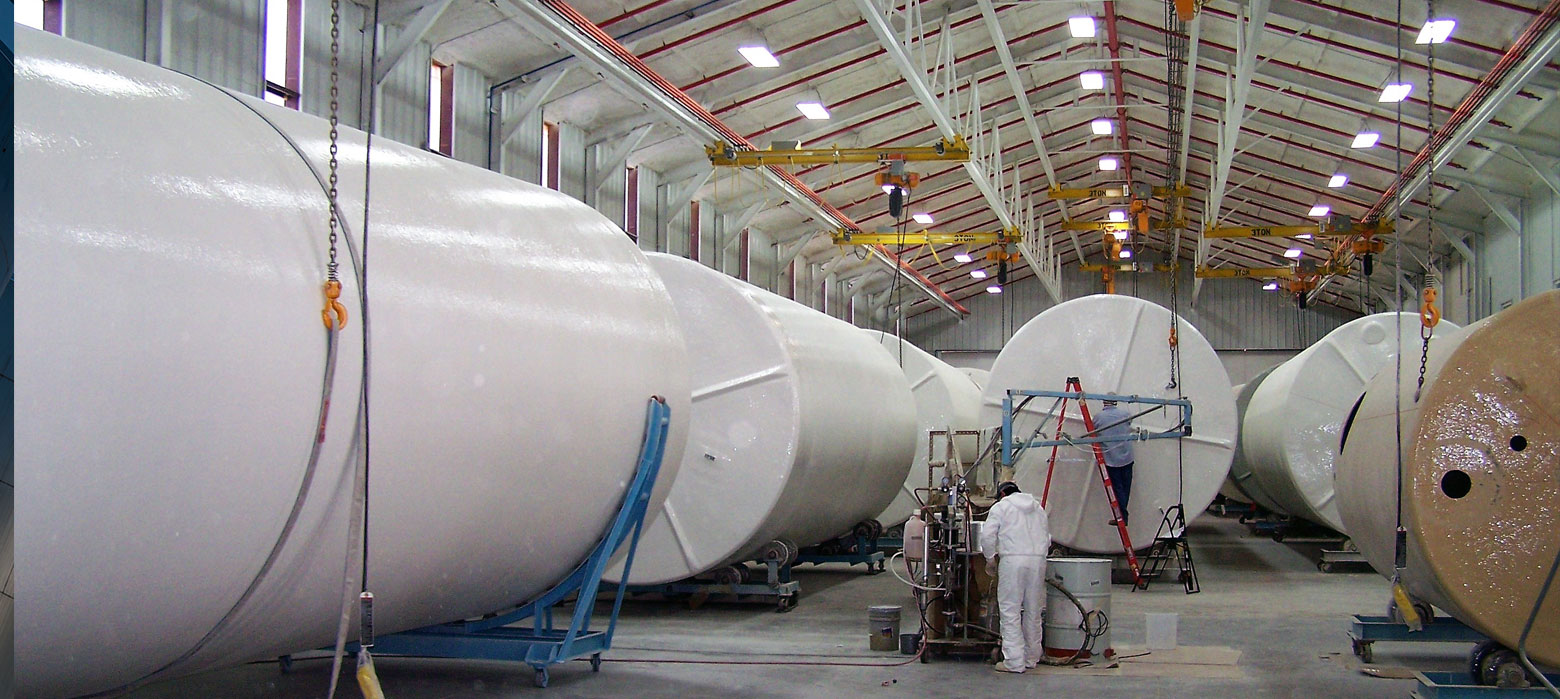

If you’re planning to store fuel at the worksite, your options may be limited to plastic or steel. Each of these materials can make for a good storage tank, but one or the other might not be best for your needs. This article will detail the qualities of each material to help you make the right choice when you’re looking for petrol tanks.
Plastic Petrol Tanks
While plastic tanks are usually not the first option that comes to mind when it comes to fuel storage, they do have a few advantages that you may wish to consider before making your decision. These tanks are usually made from heavy-duty polyethylene, which allows them to handle high volumes of petrol safely.
The advantages of plastic petrol tanks include:
- Plastic tanks are generally 30% lighter than their steel counterparts. This makes transportation and installation easy.
- The heat from the surroundings takes time to heat the fuel, making the tank a lot safer in warm conditions.
- The tanks can be made into various shapes to meet your space requirements. You can even have one custom-made for you if you have unique requirements.
- Plastic petrol tanks do not have seams. This means they are less likely to fail along the seams.
The disadvantages of plastic tanks include:
- Plastic tanks can be weakened in the hot sun. They may become permanently deformed or leak.
- They may be less secure, as they can be drilled into and siphoned.
- There is a maximum limit to their size, as the material is not able to handle large capacities.
- Where the tank has mechanical joints and attachments, the areas around them may become weak with regular stress, causing some leakage with time.
Steel Petrol Tanks
Steel tanks are one of the most popular options for petrol storage, with single-walled and double-walled designs available to choose from. The latter design adds extra strength to the tank.
The advantages of steel petrol tanks include:
- Steel tanks are very sturdy. They can withstand various worksite conditions without any damage.
- They’re very secure. It is hard to drill into a steel tank and siphon fuel, as is the case with plastic tanks.
- You can get very large steel tanks for petrol, up to 120,000 litres, without any risk of leakage.
- The tanks are resistant to corrosion and can be used in very humid areas.
- Steel petrol tanks come in various shapes to meet your storage needs.
The disadvantages of steel tanks include:
- Steel tanks are welded at the seams. These seams are vulnerable to leakages and cracks over time.
- Steel petrol tanks are quite heavy. It can be hard to move them over long distances or lift them up high.
- Despite being corrosion-resistant, they can degrade over time when exposed to extreme weather conditions.
- Metal tanks may heat your fuel if exposed to direct sunlight for long periods.
Conclusion
Ultimately, your choice of petrol storage tank is dependent on your unique needs. For instance, if you need a very large petrol storage tank, steel is the best choice. On the other hand, if you need a portable tank you can easily move from one site to another, plastic might be the way to go. Whichever option you choose, make sure to buy it from a reputable seller so that it is leak-free and strong enough for your application.




